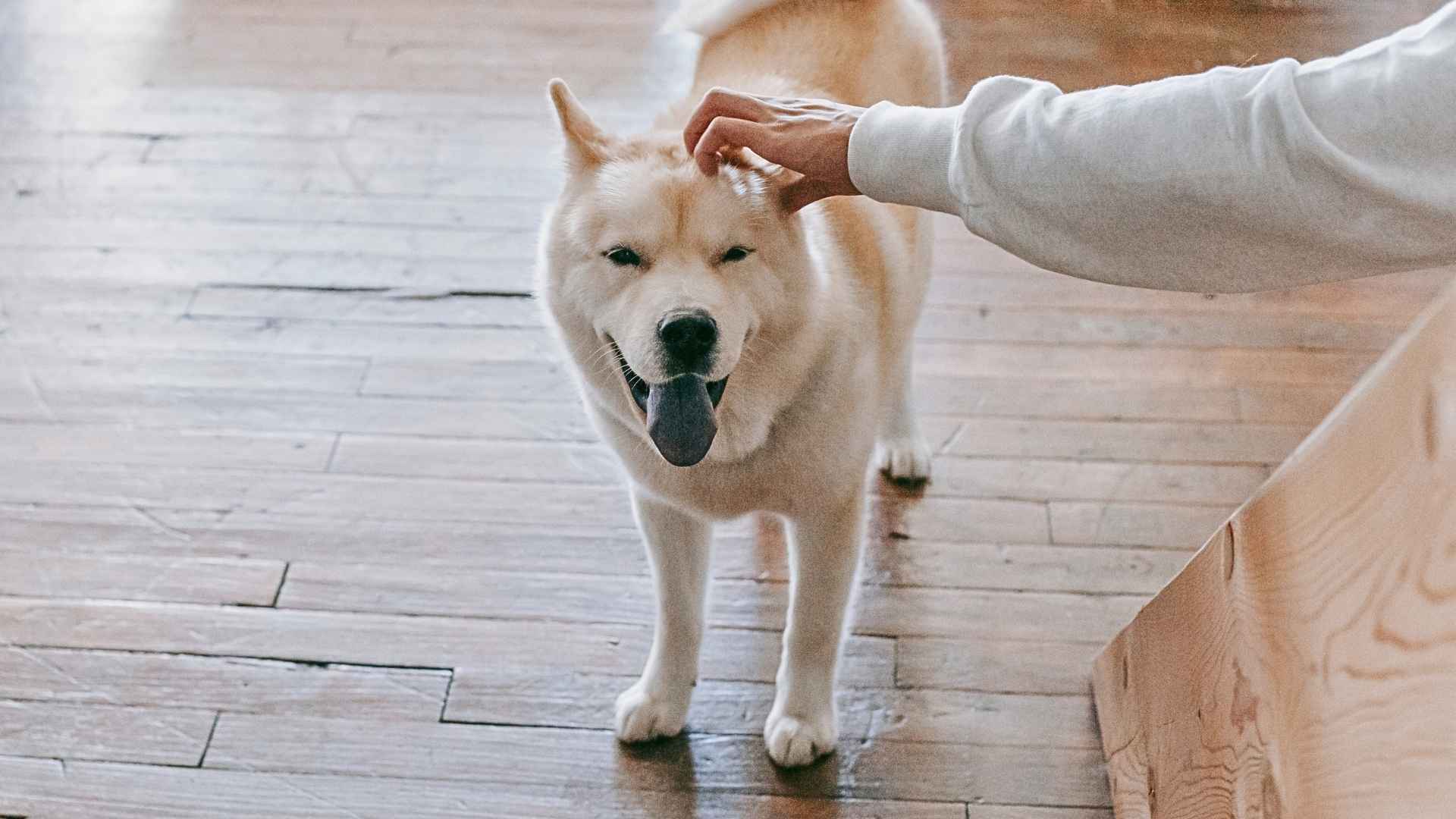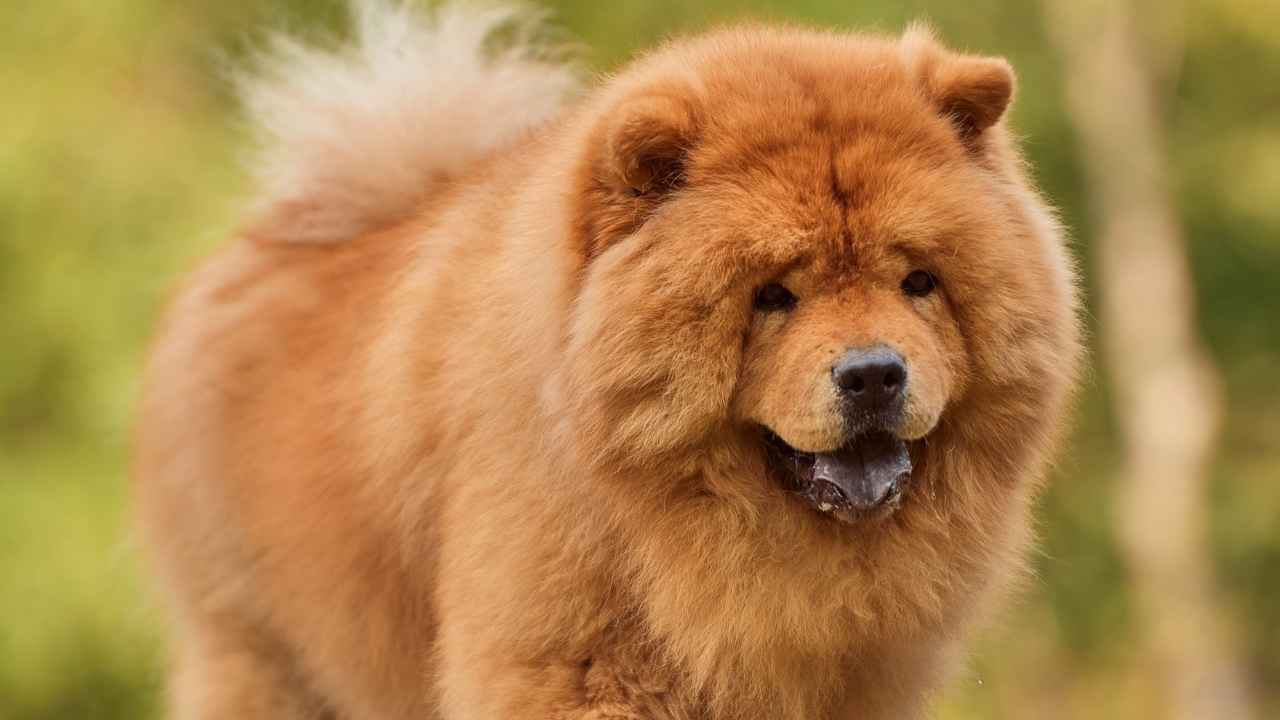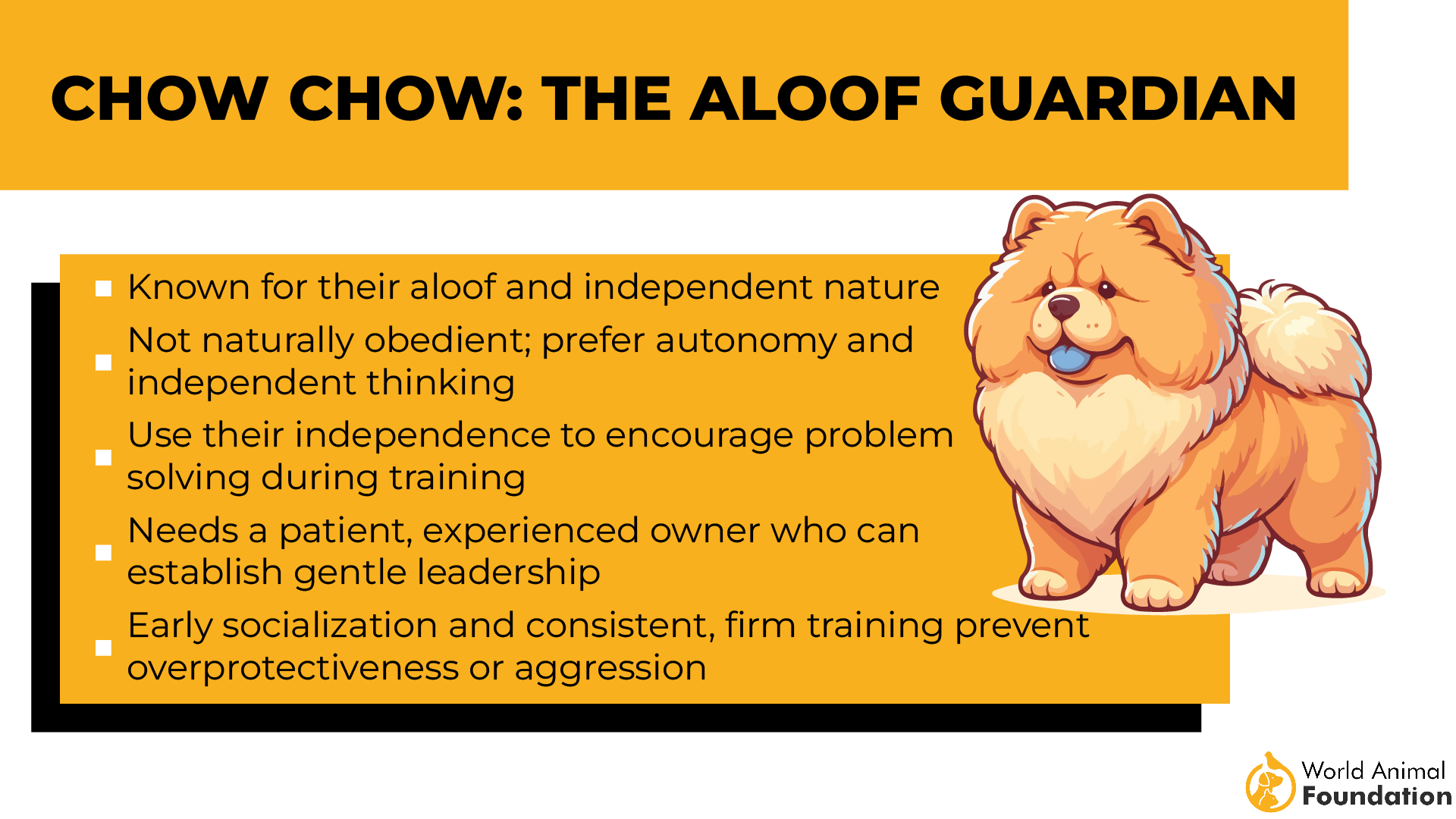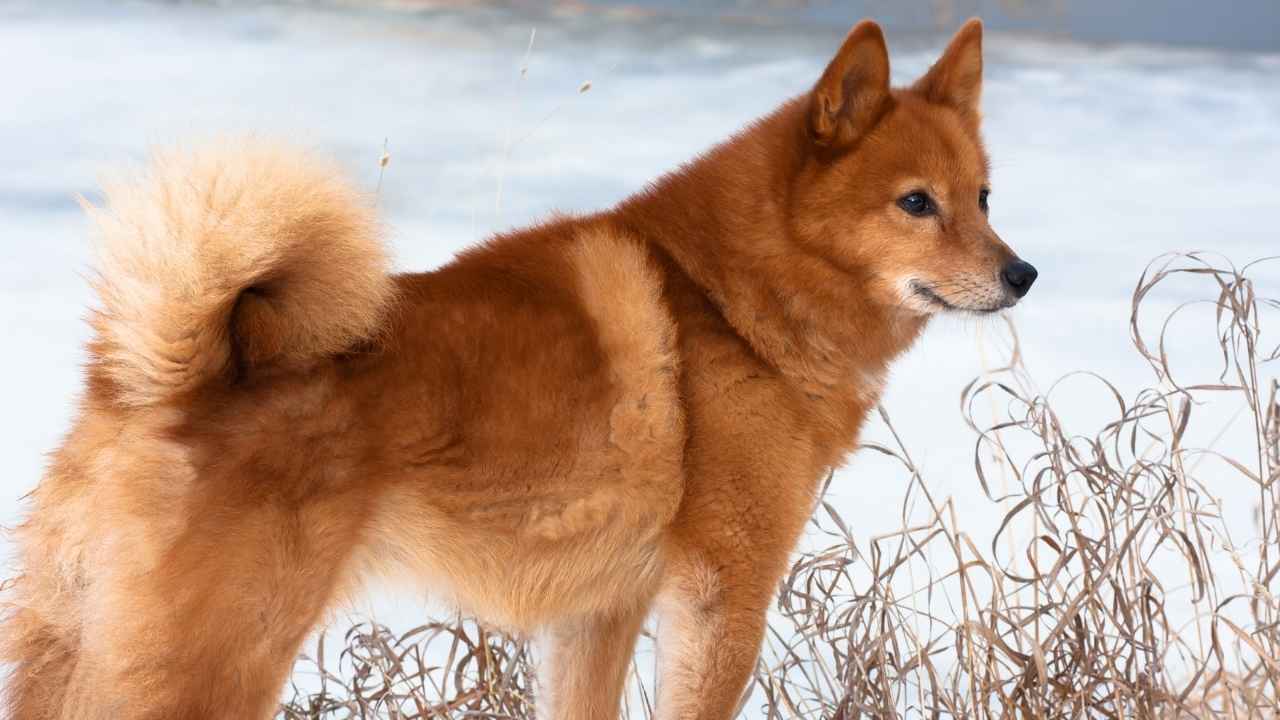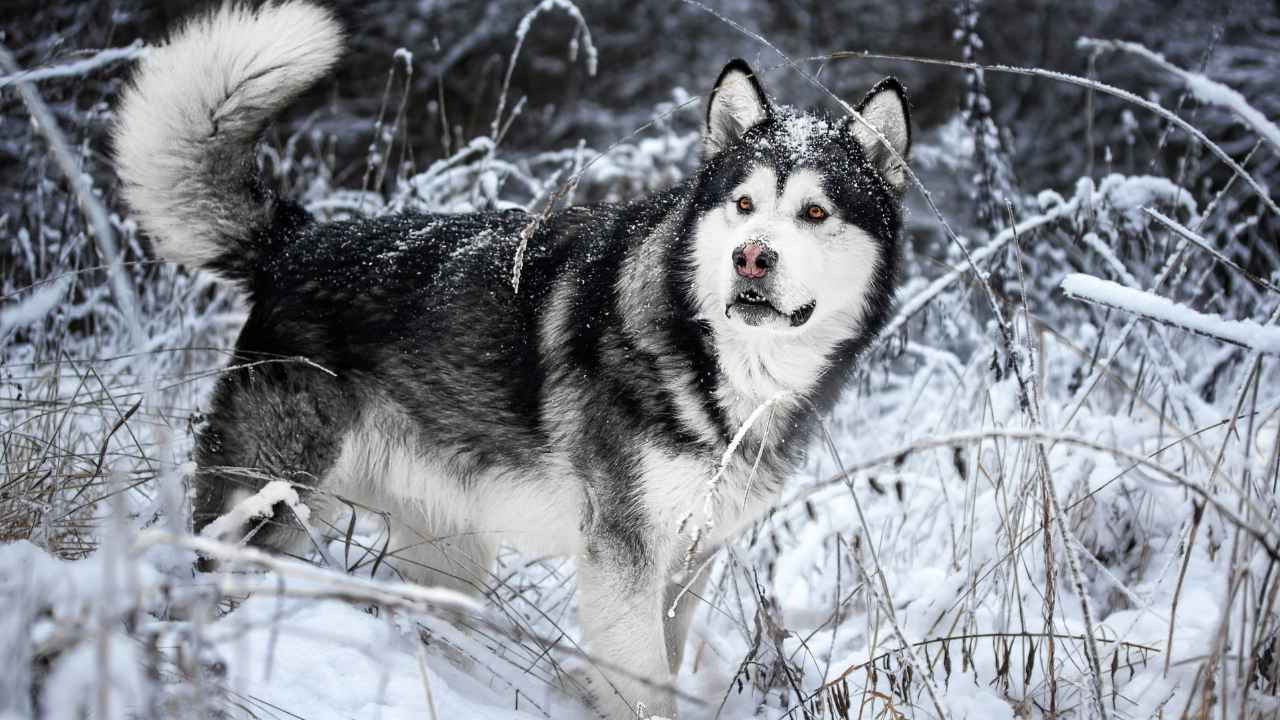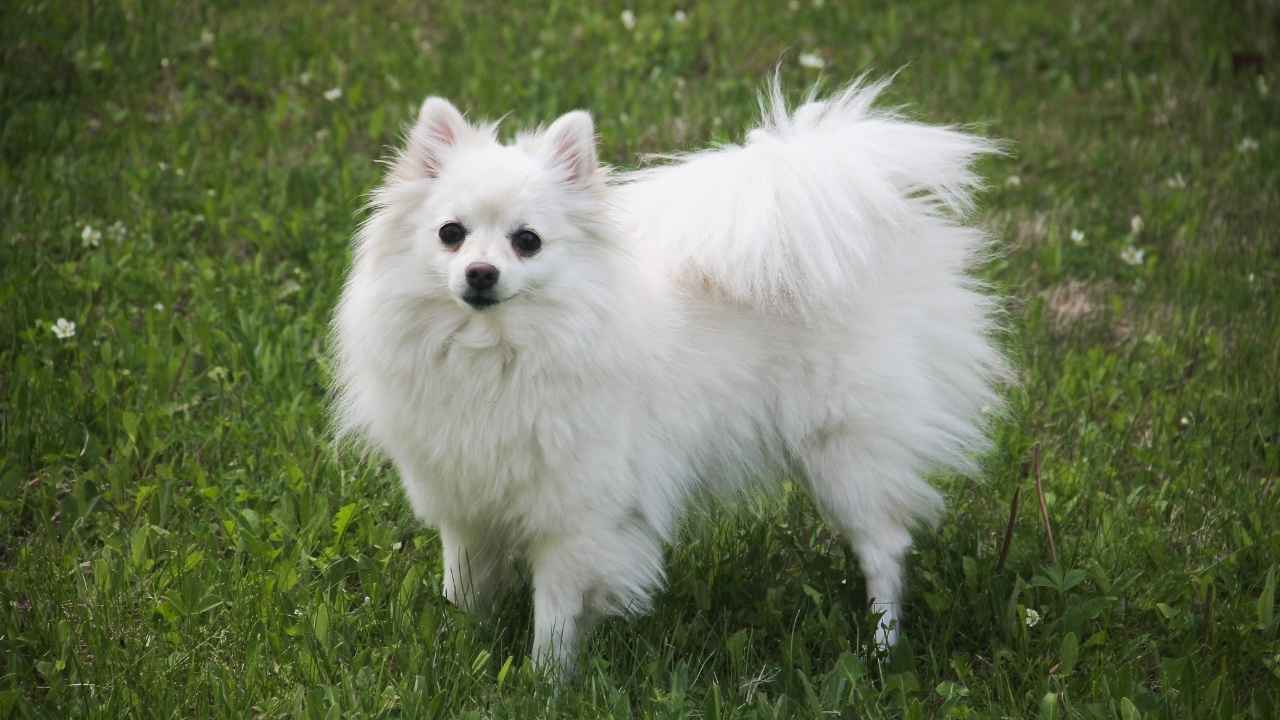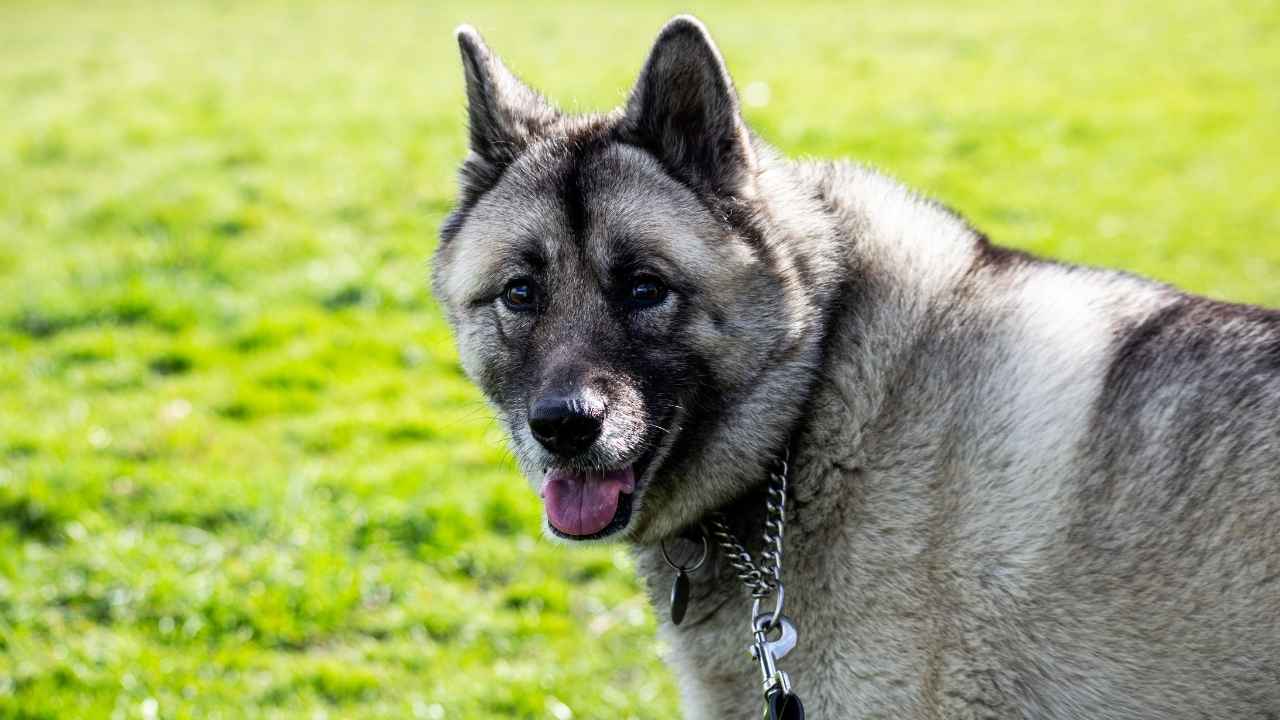In the world of canine companions, blue tongues are more than just a striking physical trait; they are a symbol of beauty, charm, and unwavering loyalty. The unique, bluish hue of certain dog breeds adds an intriguing allure, capturing the fascination of dog lovers everywhere. In this exploration of seven exquisite blue-tongued breeds, we delve into the splendor of these remarkable dogs, whose distinct appearance is matched only by their endearing personalities and devoted nature. From ancient guardians to beloved family pets, these breeds offer a testament to the diverse and captivating world of dogs, where loyalty reigns supreme.
You’re out on a walk when you spot a dog with a tongue as blue as the summer sky. It’s a sight that makes you pause, sparking curiosity about how such a rare and beautiful trait exists. These blue-tongued dog breeds carry a fascinating piece of history right on their tongues.
Most dogs have pink tongues, but some stand out with solid blue tongues or black spots. This unique feature comes from genetics and is found in a few ancient breeds.
These blue-tongued dogs aren’t just rare; they’re unforgettable, with their tongues adding to their charm and character. In 2023, AKC reported that only a handful of dog breeds, less than 5%, have this trait. This makes them even more special for pet parents and enthusiasts.
Want to discover the magic behind these blue-tongued wonders? Read on to uncover their secrets!
Blue-Tongued Dog Breeds
1. Chow Chow
The Chow Chow is a breed with deep historical roots, originating in China over 2,000 years ago. This ancient breed was used for hunting and guarding by Chinese royalty. These dogs are known for their noble appearance, but they still carry a royal air today.
Physically, Chow Chows are medium-sized with a thick double coat that varies from fawn to cinnamon. Their unique blue-black tongue, a signature trait, sets them apart from other breeds. They have round, deep-set eyes that exude confidence, often adding to their regal presence.
Chow Chow’s tongue comes from a genetic mutation, which causes excess pigmentation. It’s a sign of their rich ancestry. Regular vet check-ups and proper care of their coat and tongue help maintain their health.
Despite their dignified appearance, Chow Chows are affectionate with family. They’re known for being loyal, protective, and independent. Proper training and socialization help these dogs thrive in a home environment.
2. Chinese Shar-Pei
The Chinese Shar-Pei, originating from the southern provinces of China, was originally bred for guarding and herding. This breed’s history dates back to the Han dynasty when they were valued for their protective instincts. They were used in many roles, from guarding royal properties to hunting.
PetMD says Shar Peis are medium-sized dogs with a unique wrinkled face and muscular build. Their coat is short and bristly, and their blue-black tongue is one of their defining features. These dogs’ eyes are almond-shaped, giving them an expressive and calm demeanor.
The blue-black color of their tongue is due to a genetic mutation causing excess pigmentation. Regular grooming is essential, as the folds in their skin can trap moisture, leading to infections. Ensuring their tongue and coat remain healthy is important for their overall well-being.
Known for their independent yet loving temperament, Shar Peis are excellent family dogs. They are typically reserved with strangers but deeply loyal to their owners. Proper socialization ensures they are well-adjusted companions.
3. Finnish Spitz
The Finnish Spitz, a breed with ancient origins in Finland, is often considered the country’s national dog. Used primarily for hunting game birds, they have a history of over 2,000 years. Their natural hunting abilities still shine today.
With a fox-like appearance, the Finnish Spitz has a golden-red coat that stands out in the crowd. Their striking blue spots on the tongue are a rare sight but a notable feature among this breed. They are medium-sized dogs with a proud stance and lively personality.
The genetic cause of their blue spots lies in the same mutation that affects other dog breeds with blue tongues. Regular care includes maintaining their coat and ensuring their tongue stays healthy. This breed enjoys a balanced diet to support their energetic lifestyle.
Despite their independent nature, Finnish Spitz are affectionate with family and thrive in active environments. They’re playful and energetic, making them great companions for dog sports. Training and exercise keep them happy and well-adjusted.
4. Alaskan Malamute
The Alaskan Malamute, native to the cold regions of Alaska, was bred to pull heavy sleds across frozen landscapes. These strong and sturdy dogs have been integral to survival in harsh environments. Their history is intertwined with the indigenous Inuit people.
Alaskan Malamutes are large dogs with thick, dense coats that provide insulation against the cold. VCA states that their blue-black tongues are a rare but fascinating feature of this breed. With striking eyes and a powerful build, they exude strength and resilience.
This dog’s tongue results from a genetic mutation that causes pigmentation to spread to the tongue. Proper care involves regular brushing of their thick, pigmented fur to prevent matting and occasional vet visits to maintain their health.
Malamutes are known for their loyalty and independence. Though affectionate with their family, they are often reserved around strangers. With proper training and early socialization, they make excellent family pets.
5. American Eskimo Dog
The American Eskimo Dog is a playful and intelligent breed with roots in the northern regions of North America. Despite its name, this breed is not from Alaska but was developed in Europe. Its history is marked by its role as a circus performer and companion.
With a fluffy white coat and alert eyes, the American Eskimo stands out for its beauty. While most dogs have pink spots on their tongues, this breed is one of the few with a blue-black tongue. Their playful and energetic demeanor further enhances their appearance.
The blue-black tongue of the American Eskimo is due to the same mutation affecting other blue-tongued dogs. Care for this breed includes regular grooming and attention to their health. A balanced diet and exercise keep their energetic spirit alive.
American Eskimos are intelligent, affectionate, and great with families. Their playful nature makes them excellent companions for children, while their ability to learn quickly makes them great for dog sports. Proper training is key to a well-behaved pup.
6. Labrador Retriever
The Labrador Retriever is a beloved breed with a strong connection to families worldwide. Originally bred as a fishing and hunting companion, this breed has become one of today’s most popular dog breeds. They have a deep-rooted history as hardworking, loyal dogs.
Labs are medium to large dogs with a sleek coat that comes in black, yellow, or chocolate. Though they are known for their friendly disposition, their blue-black tongue is an intriguing characteristic. Their eyes are bright and full of expression, often showing their affectionate nature.
According to Petplan, the genetic mutation responsible for the blue-black tongue is rare in this breed. Regular care, including brushing and health check-ups, is essential. Their coat requires attention to prevent matting, and their tongue should remain healthy.
Despite the occasional genetic mutation, Labradors are affectionate and highly sociable. They are known for their gentle behavior and loyalty to family members. Labs thrive in homes where they can interact with children and engage in physical activities.
7. Norwegian Elkhound
The Norwegian Elkhound, a breed originating in Norway, was originally used to hunt large game such as elk. This breed has a long history tied to the Viking era. They were valued for their stamina and hunting prowess in harsh northern climates.
With a beautiful silver-gray coat, the Norwegian Elkhound has a compact, strong body built for endurance. Their blue-black tongue is a distinguishing feature among this breed. Their sharp eyes reflect their keen hunting instincts.
Their tongue’s blue-black color is caused by a genetic mutation that affects pigmentation. This breed requires regular grooming to keep its thick coat healthy. Regular vet visits ensure their tongue remains in good condition.
Elkhounds are independent but loyal to their families. They are alert and protective, making them excellent guard dogs. Proper training helps them channel their energy, making them wonderful companions for active families.
Conclusion
Have you ever wondered what makes certain dogs unique, especially those with blue tongues? Imagine a pup with a tongue that sets them apart, like the fascinating Chow Chow or the Chinese Shar-Pei. Isn’t it amazing to think that several breeds have this rare trait?
While we’ve explored some of the most remarkable dogs with blue tongues, many other breeds deserve a mention, too. Breeds like the Golden Retriever, German Shepherd, and Thai Ridgeback often have darker or purple tongues. Though not all of them meet the breed standard for blue tongues, they still add a layer of intrigue to this topic. These dogs, born with different traits, each play a vital role in our lives, with their spotted tongues or freckles adding charm.
The next time you meet a dog with a blue tongue, take a moment to appreciate their uniqueness. After all, they’re more than just their rare trait; they remind us how wonderfully diverse our furry friends can be.
In conclusion, the seven blue-tongued dog breeds captivate with their unique aesthetic and loyal dispositions. These breeds, each with their distinct history and characteristics, offer a blend of beauty, charm, and devotion to any household. Whether admired for their striking blue tongues or cherished for their unwavering loyalty, they make exceptional companions. By understanding and appreciating each breed’s specific needs and traits, owners can forge strong and rewarding bonds, embracing the extraordinary allure and steadfast companionship these dogs provide.

